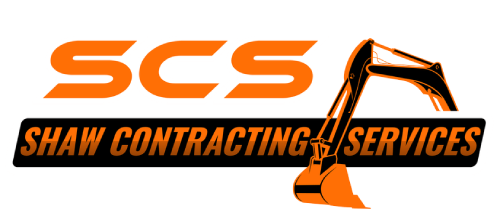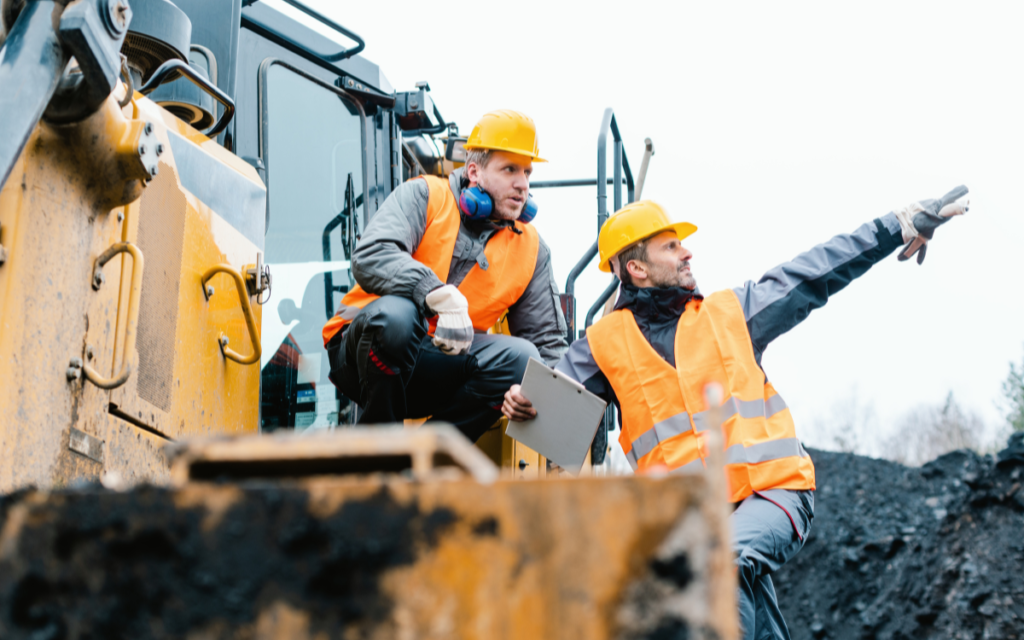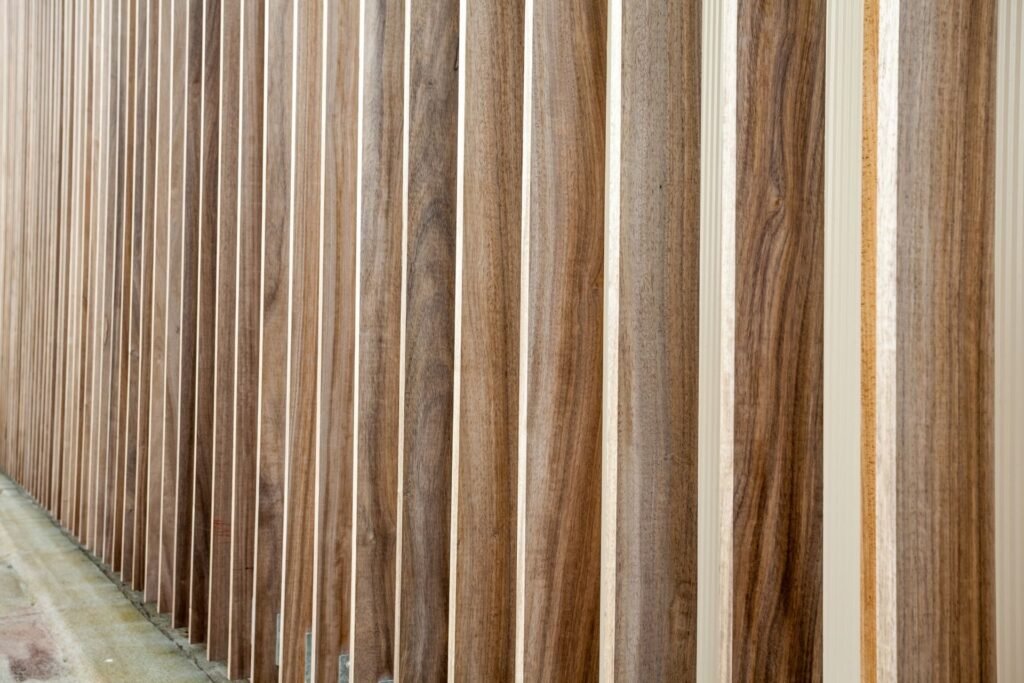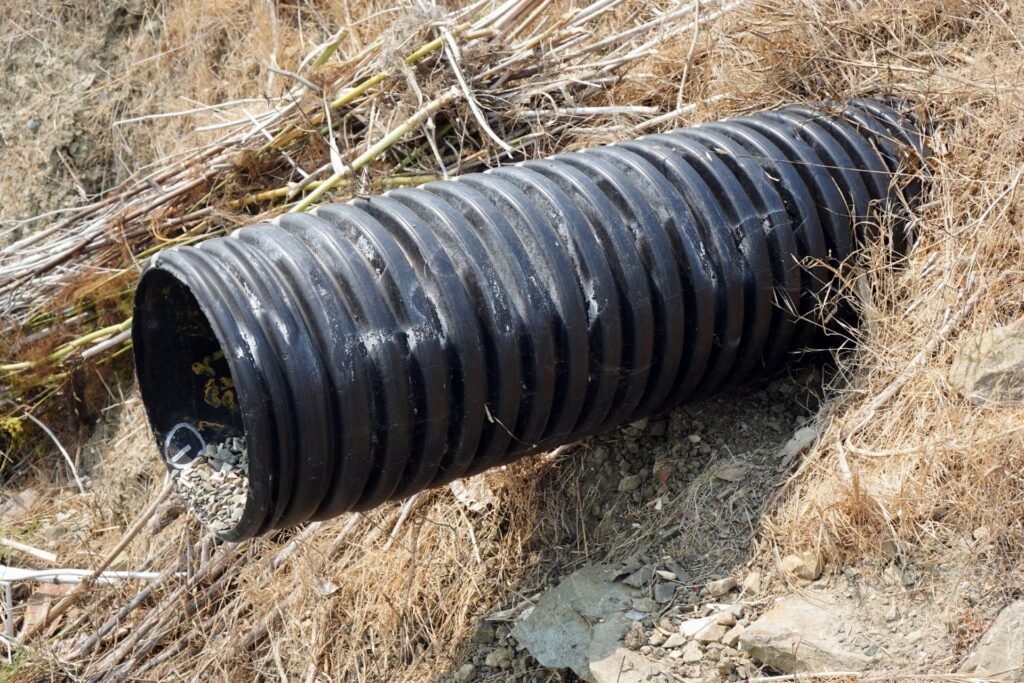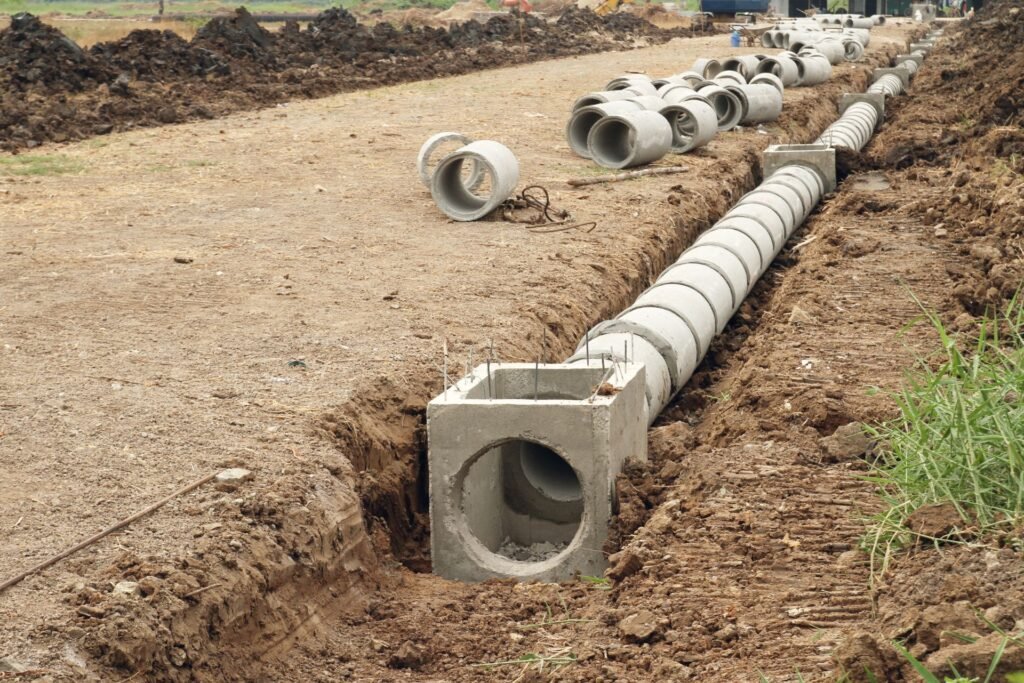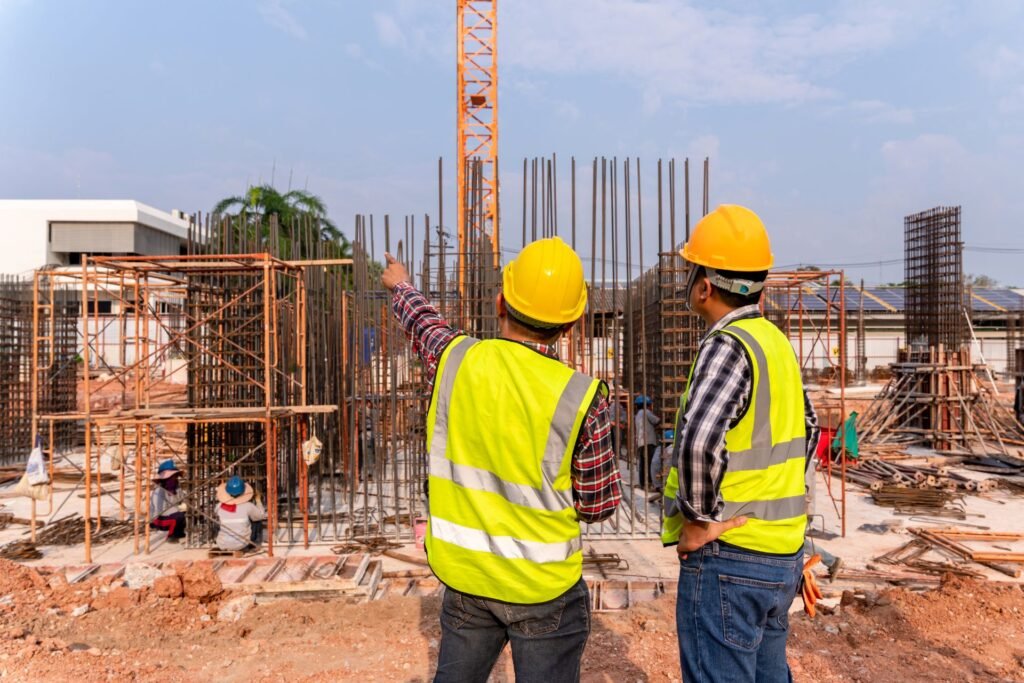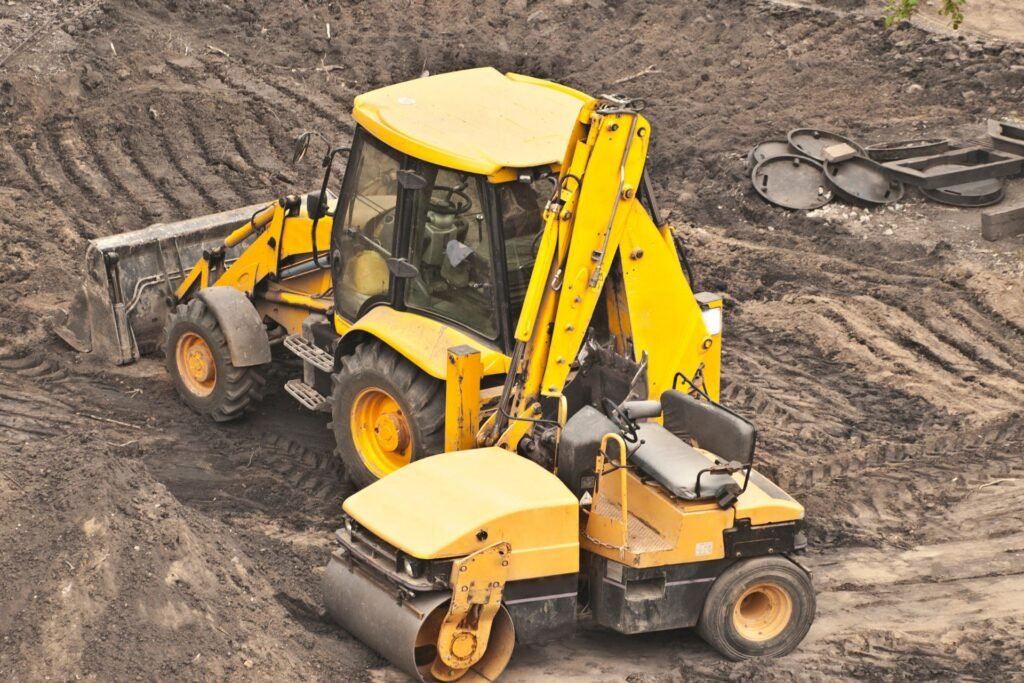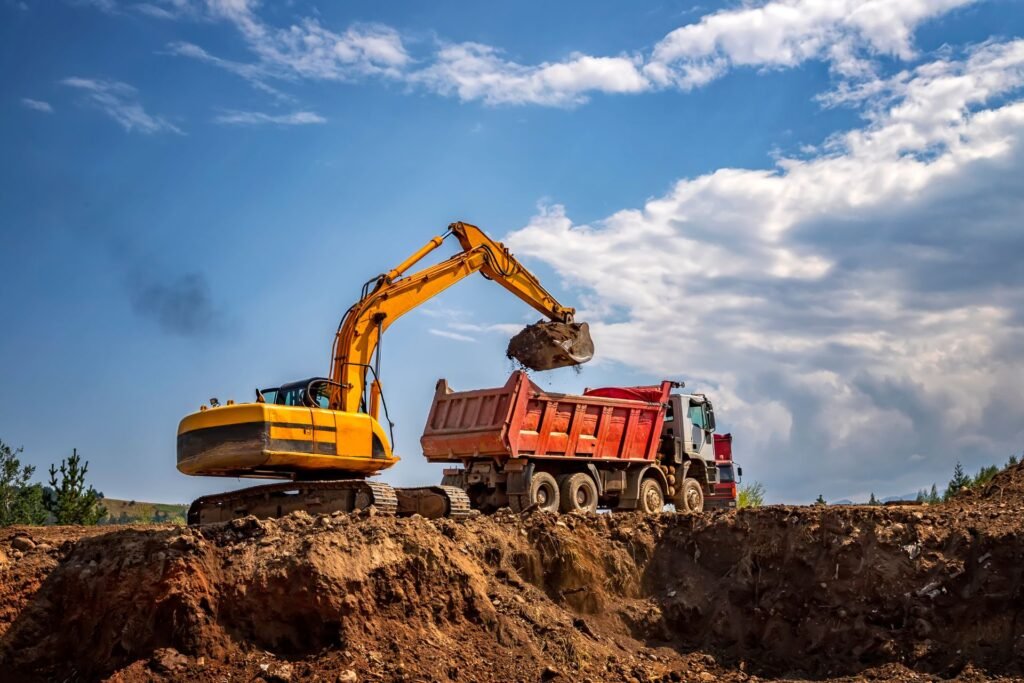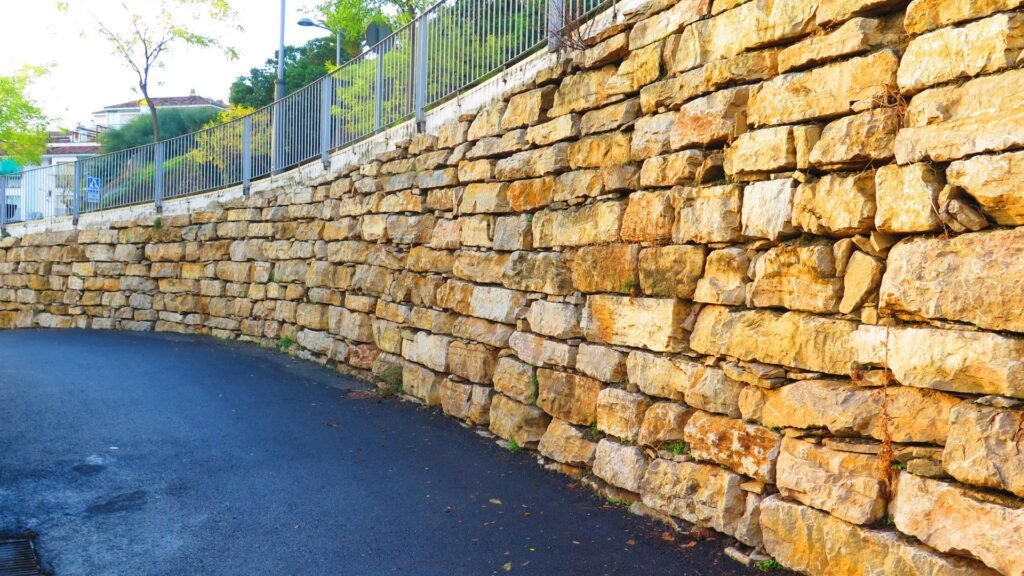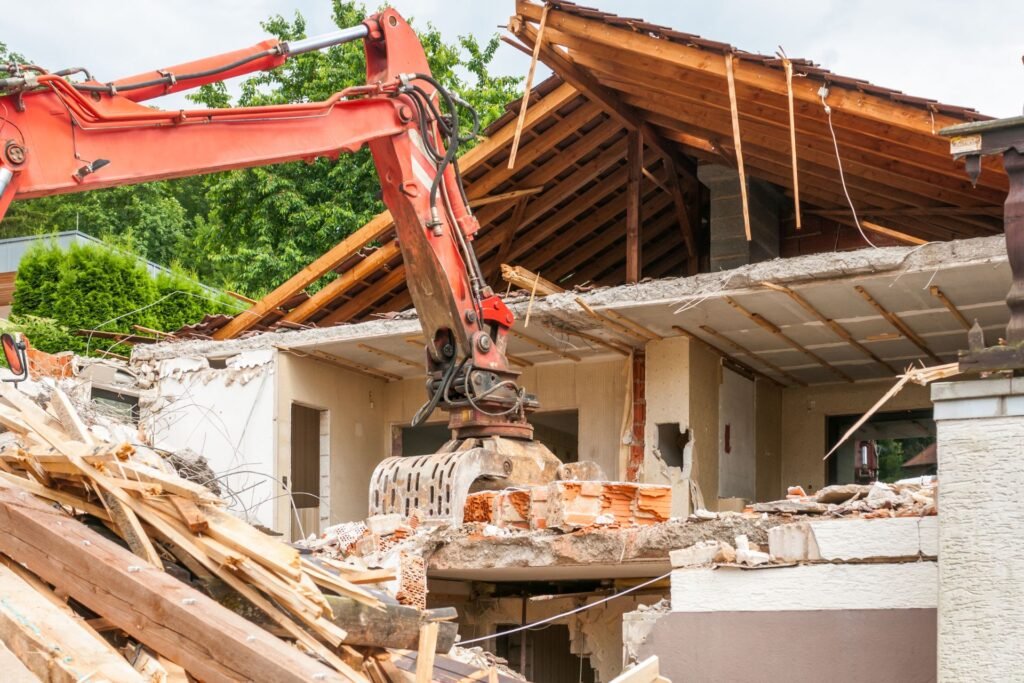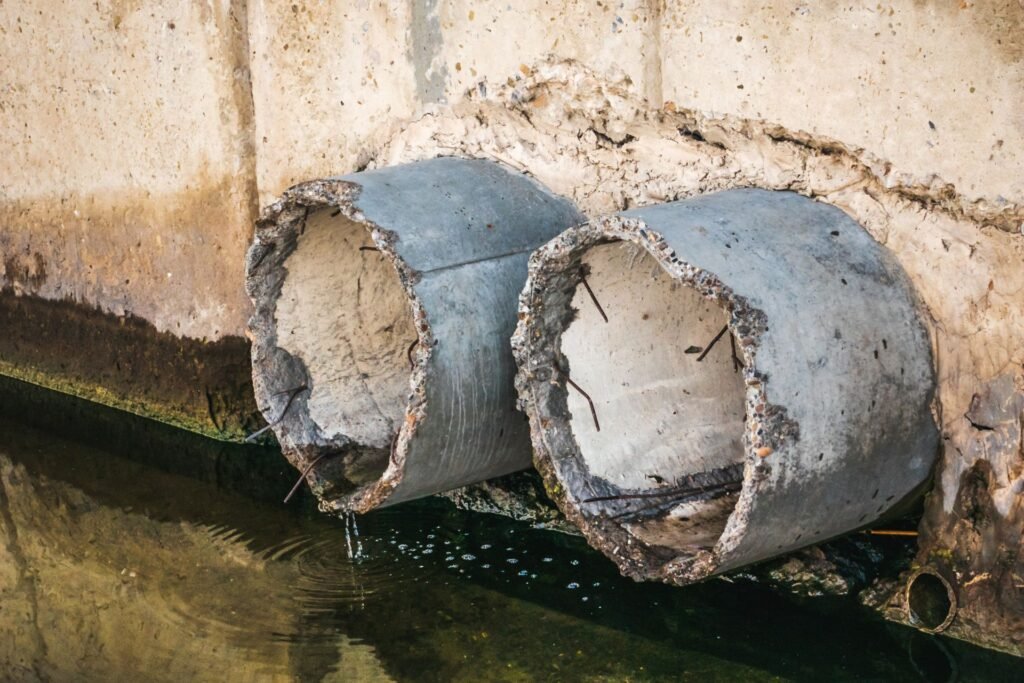Welcome to your ultimate guide on fiberglass retaining walls! If you’re considering a modern and durable solution for your landscaping needs, fiberglass retaining walls might be the perfect choice for you. Unlike traditional materials such as concrete, stone, or timber, fiberglass offers unique advantages, including exceptional strength, lightweight properties, and low maintenance. In this article, we’ll explore everything you need to know about fiberglass retaining walls—from their benefits and applications to the installation process and cost considerations. Whether you’re a homeowner looking to enhance your garden or a contractor seeking a reliable material for a new project, this guide will provide all the insights you need to make an informed decision. Let’s dive in and discover why fiberglass retaining walls are becoming a popular choice for both residential and commercial landscapes!
Fiberglass retaining walls are a modern landscaping solution known for their durability, lightweight nature, and low maintenance. Ideal for both residential and commercial applications, these walls resist weather damage, are easy to install, and can be customized to match various aesthetic preferences, making them a versatile and cost-effective choice for enhancing any outdoor space.
Table of Contents
Understanding Retaining Walls
Retaining walls are essential structures in landscaping that serve both practical and aesthetic purposes. These walls are designed to hold back soil, prevent erosion, and manage water runoff, making them crucial for properties with sloped landscapes. They can also create usable flat spaces in gardens, terraces, or outdoor living areas. Retaining walls come in various materials, each offering unique benefits depending on the project’s needs. Common types include concrete, stone, timber, and more recently, fiberglass. Concrete walls are known for their strength and durability, while stone walls add a natural aesthetic. Timber is often used for its rustic charm but may require more maintenance over time. Fiberglass, on the other hand, is gaining popularity for its distinct advantages.
Fiberglass retaining walls are increasingly chosen for modern landscaping projects due to their lightweight, durable nature. Unlike concrete or stone, fiberglass is much lighter, making it easier and less costly to install. Despite its lightweight properties, fiberglass offers impressive strength and resistance to environmental factors like moisture, UV rays, and temperature changes. This makes it a low-maintenance option compared to timber, which can rot, or concrete, which might crack over time. Fiberglass also does not rust, unlike some metals, making it ideal for long-term use. Additionally, its versatility in design allows for a wide range of styles and finishes, ensuring that homeowners can achieve the perfect look for their landscape while benefiting from a sturdy, long-lasting structure.

Benefits Of Fiberglass Retaining Walls
Fiberglass retaining walls are gaining popularity in modern landscaping and construction due to their unique advantages. These walls offer a blend of durability, ease of installation, low maintenance, and aesthetic versatility, making them an excellent choice for both homeowners and professionals.
Durability and Strength
One of the most significant benefits of fiberglass retaining walls is their exceptional durability and strength. Fiberglass boasts a high strength-to-weight ratio, meaning it can withstand significant force without adding unnecessary weight to a structure. This characteristic makes fiberglass an ideal material for retaining walls, especially in areas prone to heavy rains or seismic activity. Additionally, fiberglass is highly resistant to various environmental factors, including moisture, weather changes, and UV exposure. Unlike traditional materials like wood or concrete, fiberglass does not rot, warp, or crack when exposed to the elements. This resistance to environmental wear and tear ensures that fiberglass retaining walls maintain their structural integrity and appearance over time, providing a long-lasting solution for outdoor spaces.
Lightweight and Easy to Install
Another advantage of fiberglass retaining walls is their lightweight nature, which significantly eases the installation process. Compared to heavier materials like concrete or stone, fiberglass panels can be transported and handled with much less effort. This ease of handling not only speeds up the installation process but also reduces labor costs and the need for heavy machinery. For landscapers and contractors, the lightweight property of fiberglass translates into fewer worksite complications and faster project completion. For homeowners, this means less disruption and quicker enjoyment of their new landscape features.
Low Maintenance Requirements
Fiberglass retaining walls require minimal upkeep compared to traditional materials, which is a significant advantage for both homeowners and professional landscapers. Unlike wood, which needs regular staining and sealing, or concrete, which may require periodic repairs, fiberglass is virtually maintenance-free. It does not succumb to issues like rust, mold, or mildew, which can plague other materials. This low maintenance requirement not only saves time and effort but also reduces long-term costs associated with repairs and replacements. For homeowners, this means peace of mind and more time to enjoy their outdoor spaces without the worry of constant upkeep.
Aesthetic Versatility
Fiberglass retaining walls also offer aesthetic versatility, making them a favorite choice for customized landscape designs. These walls come in a wide range of colors and textures, allowing for seamless integration with any existing landscape theme or style. Whether you’re looking for a sleek, modern appearance or a more natural look, fiberglass can be customized to meet your design needs. The ability to mimic the look of traditional materials like stone or wood while providing the benefits of modern technology makes fiberglass retaining walls an attractive option for many projects. This versatility ensures that homeowners and landscapers can achieve their desired aesthetic without compromising on functionality or durability.
In conclusion, fiberglass retaining walls offer numerous benefits, including durability, ease of installation, low maintenance, and aesthetic versatility. These advantages make fiberglass an excellent choice for anyone looking to enhance their outdoor spaces with a reliable and attractive retaining wall solution.

Applications Of Fiberglass Retaining Walls
Fiberglass retaining walls have become a popular choice for various landscaping and construction projects due to their unique blend of durability, strength, and aesthetic appeal. This section delves into the diverse applications of fiberglass retaining walls in both residential and commercial settings.
Residential Landscaping
Fiberglass retaining walls are an excellent solution for homeowners looking to improve their outdoor spaces. In residential landscaping, these walls are often used in garden beds, terraces, and sloped areas to create defined, visually appealing landscapes. They serve a functional purpose by holding back soil and preventing erosion, which is particularly important in areas with uneven terrain or where heavy rainfall is common.
Beyond their practicality, fiberglass retaining walls also enhance a property’s curb appeal. Their clean, modern appearance can complement various architectural styles, adding an attractive element to the overall landscape design. Homeowners also appreciate that these walls can be customized in terms of color and texture, allowing for a personalized touch that increases property value. With their low maintenance requirements and long-lasting performance, fiberglass retaining walls are an investment that pays off in both aesthetic and financial terms.
Commercial and Public Spaces
In commercial and public spaces, fiberglass retaining walls are highly valued for their versatility and cost-effectiveness. They are frequently used in parks, commercial properties, and public gardens, where they help create visually pleasing, functional environments. For large-scale projects, the benefits of fiberglass retaining walls are even more pronounced. These walls are lightweight yet strong, making them easier to install compared to traditional materials like concrete or stone. This not only reduces labor costs but also shortens project timelines, which is crucial for commercial and municipal projects operating on tight budgets.
Moreover, fiberglass retaining walls are incredibly durable, with a high resistance to weathering, moisture, and UV radiation. This makes them an ideal choice for outdoor installations where long-term performance is a priority. Their ability to withstand harsh environmental conditions without degrading ensures that parks, public gardens, and commercial properties maintain their aesthetic appeal and structural integrity for years to come. In summary, fiberglass retaining walls provide a cost-effective, durable solution for enhancing both the functionality and visual appeal of a wide range of public and commercial spaces.

Installation Process Of Fiberglass Retaining Walls
Installing a fiberglass retaining wall is a practical solution for many landscapes, providing durability, flexibility, and a sleek appearance. However, the installation process requires careful planning and a methodical approach to ensure long-lasting stability and functionality. Here’s a comprehensive guide on the installation process of fiberglass retaining walls.
Pre-Installation Considerations
Before beginning the installation, it is crucial to invest time in the planning and design phase. This stage involves determining the wall’s purpose, location, and overall design to ensure it meets the specific needs of the site. Proper planning helps avoid costly mistakes and ensures that the retaining wall is both aesthetically pleasing and structurally sound.
Assessing the site and soil conditions is another essential pre-installation step. The type of soil and its drainage capabilities significantly impact the stability of the retaining wall. Conducting a soil analysis helps determine the appropriate wall design and foundation requirements. Additionally, it’s important to consider any existing underground utilities or potential obstacles that might affect the installation process.
Step-by-Step Installation Guide
To install a fiberglass retaining wall effectively, follow this step-by-step guide:
1. Marking the Area: Begin by clearly marking the area where the retaining wall will be constructed. Use stakes and a string line to outline the wall’s footprint, ensuring it follows the planned design.
2. Excavating and Laying the Foundation: Excavate the marked area to the required depth, taking into account the foundation requirements based on the soil analysis. A well-prepared foundation is key to the wall’s stability. Lay a gravel base, compact it thoroughly, and ensure it is level.
3. Installing the Fiberglass Panels: Position the fiberglass panels according to the design plan, starting from one end and working your way to the other. Ensure each panel is securely placed and aligned correctly. Use appropriate fasteners and connectors as recommended by the manufacturer to secure the panels together.
4. Backfilling and Finishing Touches: Once the panels are installed, backfill the area behind the wall with gravel or other suitable material to promote drainage and prevent soil pressure from compromising the wall’s integrity. Compact the backfill material in layers to maintain stability. Finish the installation with any additional landscaping or aesthetic elements to enhance the overall appearance of the retaining wall.
Tools and Materials Needed
For the successful installation of a fiberglass retaining wall, you will need the following tools and materials:
- Essential Tools: Tape measure, stakes, string line, shovel, compacting tool, level, power drill, and fasteners.
- Materials: Fiberglass panels, gravel, drainage pipes (if needed), and concrete (for foundations, if required).
Safety should always be a priority during installation. Wear appropriate protective gear such as gloves, safety glasses, and sturdy footwear. Follow best practices for handling tools and equipment, and always be mindful of safety guidelines to prevent accidents.
By following these steps and considerations, you can ensure a smooth installation process for a fiberglass retaining wall that will stand the test of time, providing both functional and aesthetic benefits to your landscape.

Maintenance And Care Tips For Fiberglass Retaining Walls
Maintaining your fiberglass retaining walls is essential to preserve their appearance and structural integrity over time. In this section, we’ll explore some practical tips to ensure your walls stay in top shape for years to come.
Routine Maintenance Tasks
To keep your fiberglass retaining walls looking fresh and functional, regular cleaning is key. Start by rinsing the walls with a garden hose to remove surface dirt and debris. For more stubborn stains, a mild detergent mixed with water can be applied using a soft-bristle brush. Avoid harsh chemicals or abrasive cleaners, as these can damage the fiberglass finish. After cleaning, rinse thoroughly with clean water to prevent any soap residue buildup.
In addition to cleaning, regular inspections are crucial. Walk along the retaining wall every few months to check for any signs of damage, such as cracks, chips, or bulging areas. Early detection of issues allows for timely repairs, preventing minor problems from escalating into major structural concerns.
Repairs and Longevity
Fiberglass retaining walls are known for their durability, but even the toughest materials can experience wear and tear. For minor damages like small cracks or chips, a fiberglass repair kit can be used. These kits typically include resin and fiberglass cloth, making it easy to patch up any imperfections. Always follow the manufacturer’s instructions for the best results.
To extend the lifespan of your fiberglass retaining walls, consider applying a UV-resistant coating. This protective layer helps shield the wall from the sun’s harsh rays, which can cause fading and deterioration over time. Additionally, ensure proper drainage around the wall to prevent water buildup, which can weaken the structure and lead to costly repairs.
By following these maintenance and care tips, you can ensure that your fiberglass retaining walls remain both aesthetically pleasing and structurally sound for many years.

Cost Considerations
When considering any project, understanding the cost implications is crucial for making informed decisions. Let’s delve deeper into the two main aspects of cost considerations: initial investment versus long-term savings and the various factors that can influence overall costs.
Initial Investment vs. Long-Term Savings
When embarking on a new project, the initial investment often becomes a primary concern. Comparing the cost of different materials is essential; some materials might have a higher upfront cost but offer significant savings in the long run. For example, opting for durable, high-quality materials might seem expensive at first, but these materials often require less maintenance and fewer repairs over time, leading to substantial savings. Unlike cheaper alternatives that may need frequent replacements or repairs, investing in robust materials can minimize long-term expenses. This cost-benefit analysis between initial expenditure and potential savings is vital for determining the best approach for any project.
Factors Affecting Costs
Several factors can impact the overall cost of a project. The size and complexity of the project are primary considerations; larger, more intricate projects naturally require more resources and labor, driving up costs. Additionally, the choice of materials plays a significant role—premium materials generally cost more but may offer better longevity and performance. Geographic location is another critical factor, as labor costs can vary widely between regions. Urban areas often have higher labor costs than rural areas, impacting the total expenditure. By considering these factors, you can better estimate the project’s total cost and budget accordingly.

Real-Life Examples And Case Studies
When considering fiberglass retaining walls, it’s crucial to look at real-life examples to understand their impact and effectiveness. Let’s explore some success stories and case studies from both homeowners and commercial projects to showcase the versatility and benefits of fiberglass retaining walls.
Success Stories from Homeowners
Homeowners who have opted for fiberglass retaining walls often praise their durability and aesthetic appeal. For example, Jane and Mark from California decided to replace their old wooden retaining wall with a fiberglass alternative. They were thrilled with the results—no more worrying about wood rot or frequent maintenance. The new wall not only blended seamlessly with their garden landscape but also stood strong against the region’s harsh weather conditions. Another homeowner, Lisa from Florida, shared her positive experience after installing a fiberglass retaining wall around her property. She noted the wall’s impressive resilience during hurricane season, highlighting how it remained intact while other materials might have failed. These testimonials illustrate the reliability and long-lasting nature of fiberglass retaining walls for residential use.
Commercial Project Highlights
Fiberglass retaining walls aren’t just for homes; they have also proven successful in commercial settings. A notable example is the installation at a public park in Denver, Colorado. The city needed a solution that combined strength with a modern look, and fiberglass retaining walls were the perfect choice. Not only did they provide the necessary support for the landscaped areas, but they also required minimal maintenance, saving the city money in the long term. Similarly, a shopping mall in Texas utilized fiberglass walls for a multi-level parking structure. The walls performed exceptionally well under heavy use and exposure to varying weather conditions, demonstrating fiberglass’s versatility in commercial applications. These projects highlight fiberglass retaining walls as a durable, cost-effective solution for public and commercial environments.

FAQs: About Fiberglass Retaining Walls
What are fiberglass retaining walls?
Fiberglass retaining walls are structures made from fiberglass material used to hold back soil, prevent erosion, and create level areas in landscaping. Unlike traditional materials such as concrete, stone, or wood, fiberglass offers unique benefits, including being lightweight, highly durable, and resistant to weather damage.
Why should I choose fiberglass retaining walls over traditional materials?
Fiberglass retaining walls are a great alternative to traditional materials because they are lightweight, easy to install, and require minimal maintenance. They are also highly durable and resistant to moisture, UV rays, and weathering, making them a long-lasting option that can save you money on repairs and replacements over time.
Are fiberglass retaining walls suitable for all climates?
Yes, fiberglass retaining walls are suitable for all climates. Their resistance to moisture, extreme temperatures, and UV rays makes them an excellent choice for a variety of environmental conditions. They do not warp, crack, or rot, even in harsh climates, ensuring they remain structurally sound over time.
How long do fiberglass retaining walls last?
Fiberglass retaining walls are designed to be highly durable and can last for decades with minimal maintenance. Their longevity depends on factors such as the quality of installation, environmental conditions, and proper maintenance, but generally, they can last 50 years or more without significant wear and tear.
Can fiberglass retaining walls be customized?
Yes, fiberglass retaining walls are highly customizable. They are available in a range of colors, textures, and finishes, allowing them to match various aesthetic preferences and landscape designs. This versatility makes them a popular choice for both residential and commercial projects.
How is the installation process for fiberglass retaining walls different from other materials?
The installation process for fiberglass retaining walls is generally quicker and easier compared to other materials. Due to their lightweight nature, fiberglass panels are easier to handle and install, which reduces labor costs and installation time. However, proper planning and site preparation are still crucial to ensure a stable and long-lasting structure.
What maintenance is required for fiberglass retaining walls?
Fiberglass retaining walls require minimal maintenance compared to traditional materials. Routine cleaning with mild soap and water is usually sufficient to keep them looking new. Periodic inspections for any signs of damage or wear are recommended, but repairs are rarely needed due to the material’s durability and resistance to the elements.
Are fiberglass retaining walls environmentally friendly?
Fiberglass retaining walls are considered environmentally friendly because they are made from durable materials that do not degrade or release harmful substances into the environment. Additionally, their long lifespan reduces the need for frequent replacements, minimizing waste and environmental impact.
How much do fiberglass retaining walls cost?
The cost of fiberglass retaining walls can vary depending on factors such as the size of the project, complexity of the design, and geographic location. While the initial investment may be higher than some traditional materials, the long-term savings from reduced maintenance and increased durability often make them a cost-effective choice over time.
Can I install fiberglass retaining walls myself, or do I need a professional?
While fiberglass retaining walls are easier to install than some traditional materials, it is still recommended to hire a professional for the installation, especially for larger or more complex projects. A professional installer will ensure that the walls are properly designed and constructed, maximizing their stability and longevity.
Conclusion
In conclusion, fiberglass retaining walls offer a versatile and durable solution for a variety of landscaping needs. Throughout this article, we’ve highlighted the key benefits of using fiberglass, including its lightweight nature, resistance to weather and corrosion, and ease of installation. Unlike traditional materials, fiberglass is not only strong and long-lasting but also low-maintenance, making it an excellent choice for both residential and commercial projects. Whether you’re looking to prevent soil erosion, enhance your garden’s aesthetics, or create functional outdoor spaces, fiberglass retaining walls provide a reliable and cost-effective option. As you plan your next landscaping project, consider the unique advantages that fiberglass offers. It’s a smart investment that combines durability with design flexibility. If you’re interested in exploring this further, we encourage you to reach out to a professional installer or supplier for personalized advice and more information. Your outdoor space deserves the best, and fiberglass retaining walls might just be the perfect fit for your needs.
About the Author:
Mike Veail is a recognized digital marketing expert with over 6 years of experience in helping tradespeople and small businesses thrive online. A former quantity surveyor, Mike combines deep industry knowledge with hands-on expertise in SEO and Google Ads. His marketing strategies are tailored to the specific needs of the trades sector, helping businesses increase visibility and generate more leads through proven, ethical methods.
Mike has successfully partnered with numerous companies, establishing a track record of delivering measurable results. His work has been featured across various platforms that showcase his expertise in lead generation and online marketing for the trades sector.
Learn more about Mike's experience and services at https://theleadguy.online or follow him on social media:
